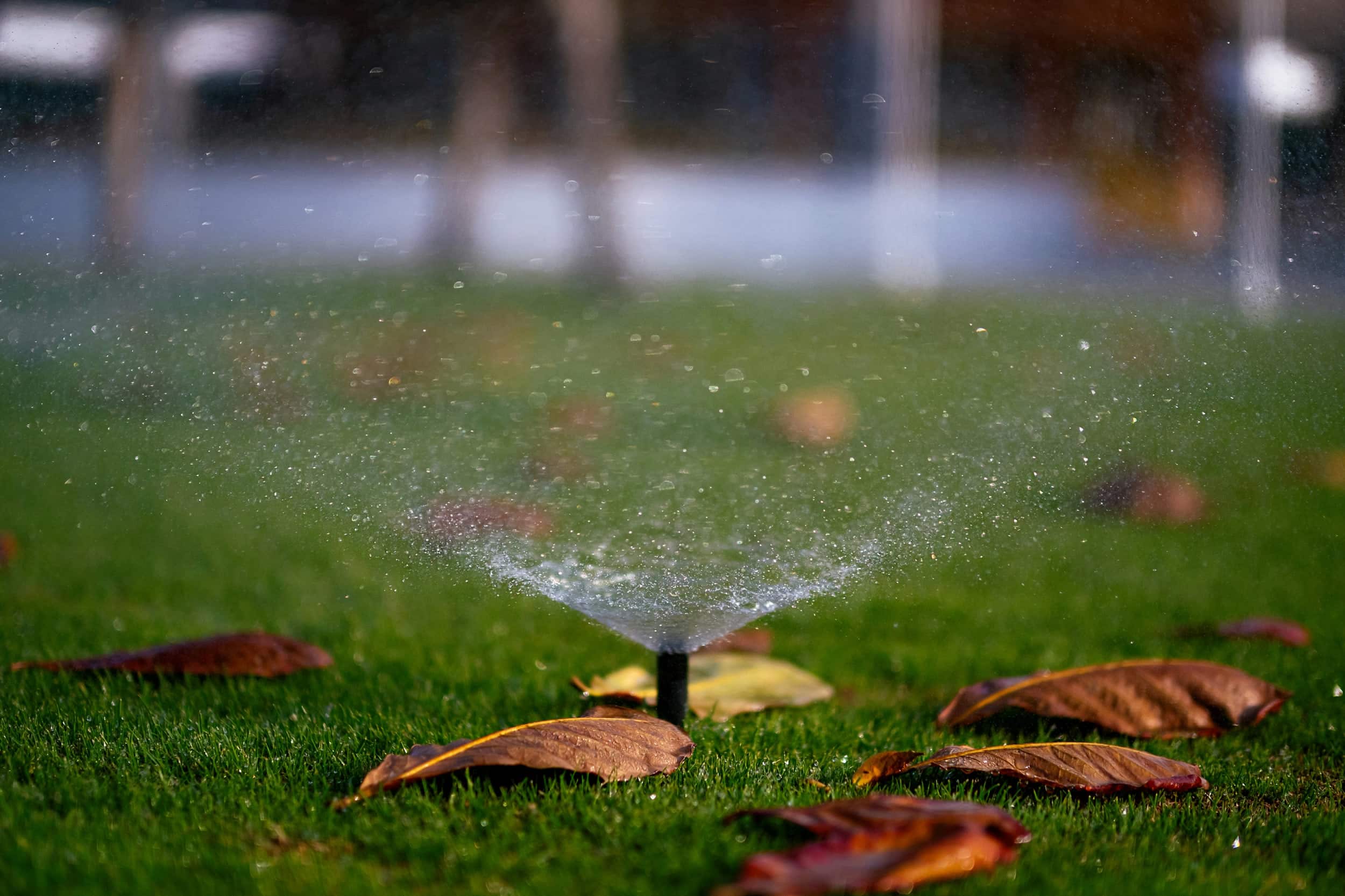Introduction to Winterizing Sprinkler Systems
As the cold months approach, homeowners in Liberty, MO, face the critical task of preparing their homes for winter. One essential aspect of winter preparation is ensuring that your sprinkler system is ready to withstand freezing temperatures. Failing to winterize your sprinkler system can lead to costly repairs and inefficiencies when spring arrives. This guide will walk you through the steps of winterizing your sprinkler system, ensuring it remains in top condition.
Why Winterizing Your Sprinkler System is Important
Winterizing your sprinkler system is crucial for several reasons. First, it prevents the water in the pipes from freezing, expanding, and ultimately causing pipes to burst. This can lead to significant water damage and expensive repairs. Additionally, proper winterization helps maintain the efficiency and longevity of your sprinkler system, ensuring it functions optimally when you need it most.
Preventing Pipe Bursts
When temperatures drop, any water left in the sprinkler pipes can freeze. As water freezes, it expands, which can cause the pipes to crack or burst. This not only damages the pipes but can also lead to water leaks and flooding when the system is turned back on in the spring.
Saving Money on Repairs
Repairing a damaged sprinkler system can be costly. By taking the time to winterize your system, you can avoid these unnecessary expenses. Proper maintenance and winterization can save you hundreds, if not thousands, of dollars in repair costs.
Step-by-Step Guide to Winterizing Your Sprinkler System
Winterizing your sprinkler system involves several key steps. Follow this guide to ensure your system is ready for the winter months.
1. Shut Off the Water Supply
The first step in winterizing your sprinkler system is to shut off the water supply. Locate the main shut-off valve and turn it off to prevent any more water from entering the system. This is a crucial step to ensure no water is left in the pipes that could freeze.
2. Drain the Pipes
Once the water supply is shut off, the next step is to drain the pipes. There are three main methods to do this: manual drain, automatic drain, and blow-out method.
- Manual Drain: Open the manual drain valves and let the water flow out until the pipes are empty.
- Automatic Drain: Some systems have automatic drain valves that open when the water pressure drops, allowing water to drain out.
- Blow-Out Method: This method involves using an air compressor to blow out any remaining water in the pipes. It is recommended to hire a professional for this method to avoid damaging the system.
3. Insulate Exposed Pipes and Valves
After draining the system, it’s important to insulate any exposed pipes and valves. Use foam pipe insulation or insulation tape to cover these areas and prevent them from freezing.
4. Protect the Backflow Preventer
The backflow preventer is a crucial component of your sprinkler system that needs protection from freezing temperatures. Wrap it with insulation or use a specially designed cover to protect it during the winter months.
When to Winterize Your Sprinkler System
Timing is key when it comes to winterizing your sprinkler system. Ideally, you should complete the process before the first hard freeze of the season. In Liberty, MO, this typically occurs in late October or early November. Keep an eye on the weather forecast and plan accordingly.
Signs It’s Time to Winterize
- Consistent nighttime temperatures drop below freezing.
- Frost appears on the ground in the morning.
- Local weather forecasts predict a hard freeze.
Hiring a Professional vs. DIY Winterization
Deciding whether to winterize your sprinkler system yourself or hire a professional depends on several factors, including your comfort level with the process and the complexity of your system. For those considering professional help, you might find guidance in choosing the perfect landscaping company.
Benefits of Hiring a Professional
- Professionals have the expertise and equipment to ensure a thorough winterization.
- They can identify and address any existing issues with your system.
- Hiring a professional can save you time and effort.
DIY Winterization Tips
- Follow manufacturer instructions specific to your system.
- Ensure all water is completely drained from the system.
- Use the proper tools and equipment to avoid damage.
Conclusion
Winterizing your sprinkler system in Liberty, MO, is a vital task that can save you money and extend the life of your system. By following the steps outlined in this guide, you can ensure your sprinkler system is ready for the cold months ahead. Whether you choose to do it yourself or hire a professional, taking action now will prevent costly repairs and ensure your system is ready to go when spring arrives. Don’t wait until it’s too late—start winterizing your sprinkler system today!
